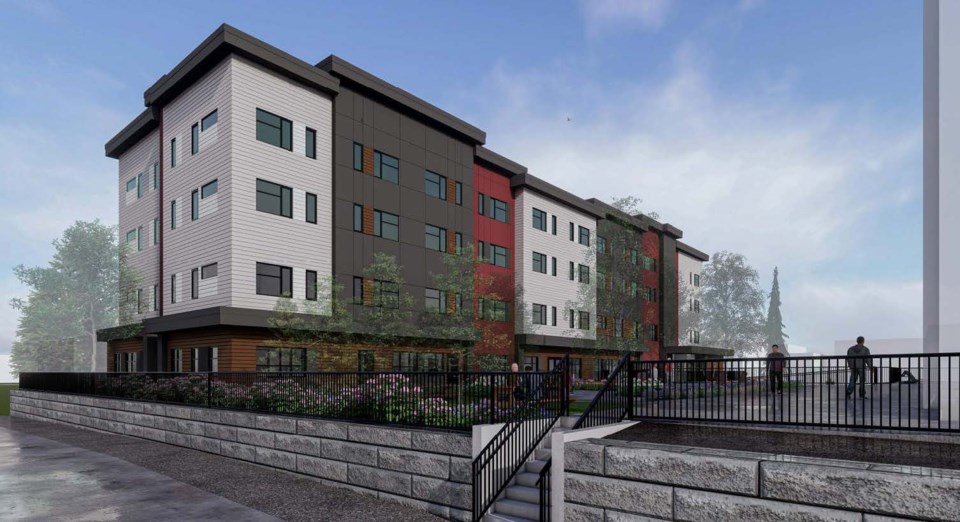Recent news that the province is planning a supportive housing facility in College Heights has some neighbours upset at the idea.
The proposed home, which would offer complex care to its residents, would be located at 3177 McGill Ave.
Some residents have launched a change.org petition: “We the undersigned are against the proposed BC Housing residence proposal for 3177 McGill Ave. While the intent of the project to “serve people with overlapping mental-health and addiction issues or other complex health challenges” is indeed warranted for this city, building it in the middle of a neighbourhood with many small children and next to a park, is clearly not a good choice. The huge potential for increased crime and human conflict is also too great and therefore must not happen,” the petition at change.org states.
“We strongly urge BC Housing, Northern Health and Community Living BC to construct this home closer to existing support services and away from existing neighbourhoods and children who might otherwise frequent this area.
This reaction is not surprising. People tend to react strongly to change, especially when that change involves people living with critical issues and the stigma that comes with them.
Here’s the thing, though. There are supported housing units in neighbourhoods all over the city. You just don’t notice them. Once they’re in, they become part of the community.
A rough count here in the newsroom turned up at least three dozen facilities. There are probably more. The ones we could think of include group homes for teens, recovery homes for people dealing with addiction and other kinds of residences.
They are run by the province or by non-profit organizations.
You may drive past one every day and have no idea what it is. And that’s the idea.
Prince George is growing. Some new developments will be built on the city’s outskirts, but in-fill is a big part of that, too. As that happens, people will have to adjust to changes in their neighbourhoods.
Whether it’s a group home, a supported housing facility or just new rentals that attract partying students, there’s a good chance some people will get the NIMBY itch over it.
What’s needed is more information and a clearer plan.
It’s fear of the unknown that prompts NIMBYism. That’s why it’s important that the new Official Community Plan incorporate changes that would make the addition of new types of housing easier to accomplish.
An updated OCP could also address other issues, like densification. Why not allow six-storey apartment buildigs, or four-plexes. One option could see a fourplex building for every five or six single-family or two-family homes in a new development. This would go a long way to improve densification.
The OCP can also address commercial exceptions in new residential neighbourhood by allowing small commercial development, including stores and services.
Remember when we could walk to the corner store? The salon? The day care? New neighbourhoods are being built that don’t fit the “15-minute-city” theory of urban planning, which calls for everything people might need to be within 15 minutes on foot.
The OCP could also be updated to include structured planning for supported housing. It could be built into new neighbourhood in a way that blends into the fabric of the community.
That’s the solution we need.



